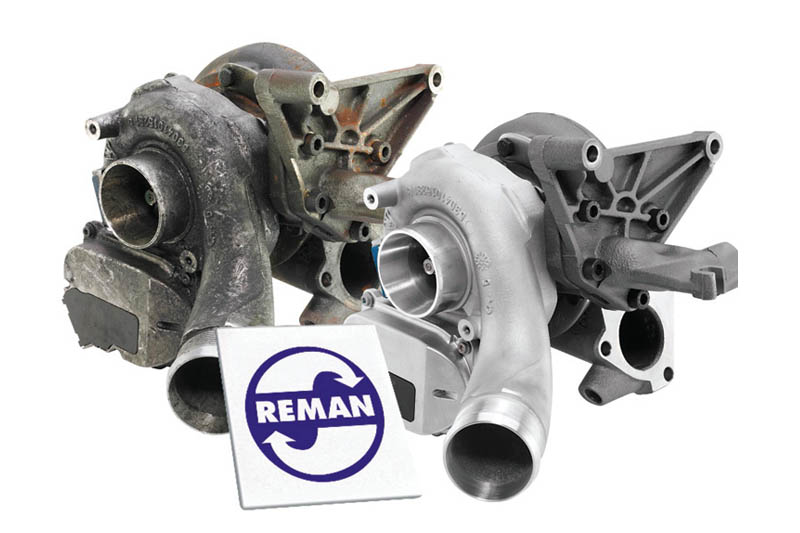
Oliver Stahnke, sales manager, Borgwarner, discusses what sustainability means to the company and explains the part that remanufacturing plays in achieving those goals.
Before explaining how remanufacturing contributes to our sustainability goals, it’s perhaps useful to summarise how we go about the process. We separate the individual components of a used part into those that must always be replaced – such as bearings – and those that can potentially be reused. The latter are cleaned, then checked against original specifications to ensure they are within tolerance for remanufacturing. We replace components that don’t meet the criteria with new OE items and combine them with the reusable components to complete the parts list for a remanufactured assembly.
We’ve been remanufacturing parts for nearly 30 years, including turbochargers, alternators, generators, electronic unit injectors, and EGR valves. During that time, we’ve reused more than 24,500 metric tonnes of cast iron and aluminum. Our turbocharger remanufacturing program alone has saved some 5.2 million turbines, compressor housings and bearings from landfill. Across our product lines, approximately 36 per cent of our input in 2022 came from recycled or remanufactured material.
We’ve made significant progress towards our sustainability goals over the past two years, despite significant headwinds and market volatility. In 2021, we announced our Charging Forward strategy, designed to increase production of electric and other vehicle parts that enable zero- and loweremissions transportation – and in 2023 we invested approximately 19 per cent of net eProducts sales into eProducts research to maintain our position at the forefront of electric technology. We now expect to achieve our 2025 goals ahead of schedule, so we’ve evolved our strategy to Charging Forward 2027, which aims to achieve 49 per cent of sales revenue from eProducts by 2027. Our ultimate goal is to achieve carbon neutrality – Net Zero – by 2035.









